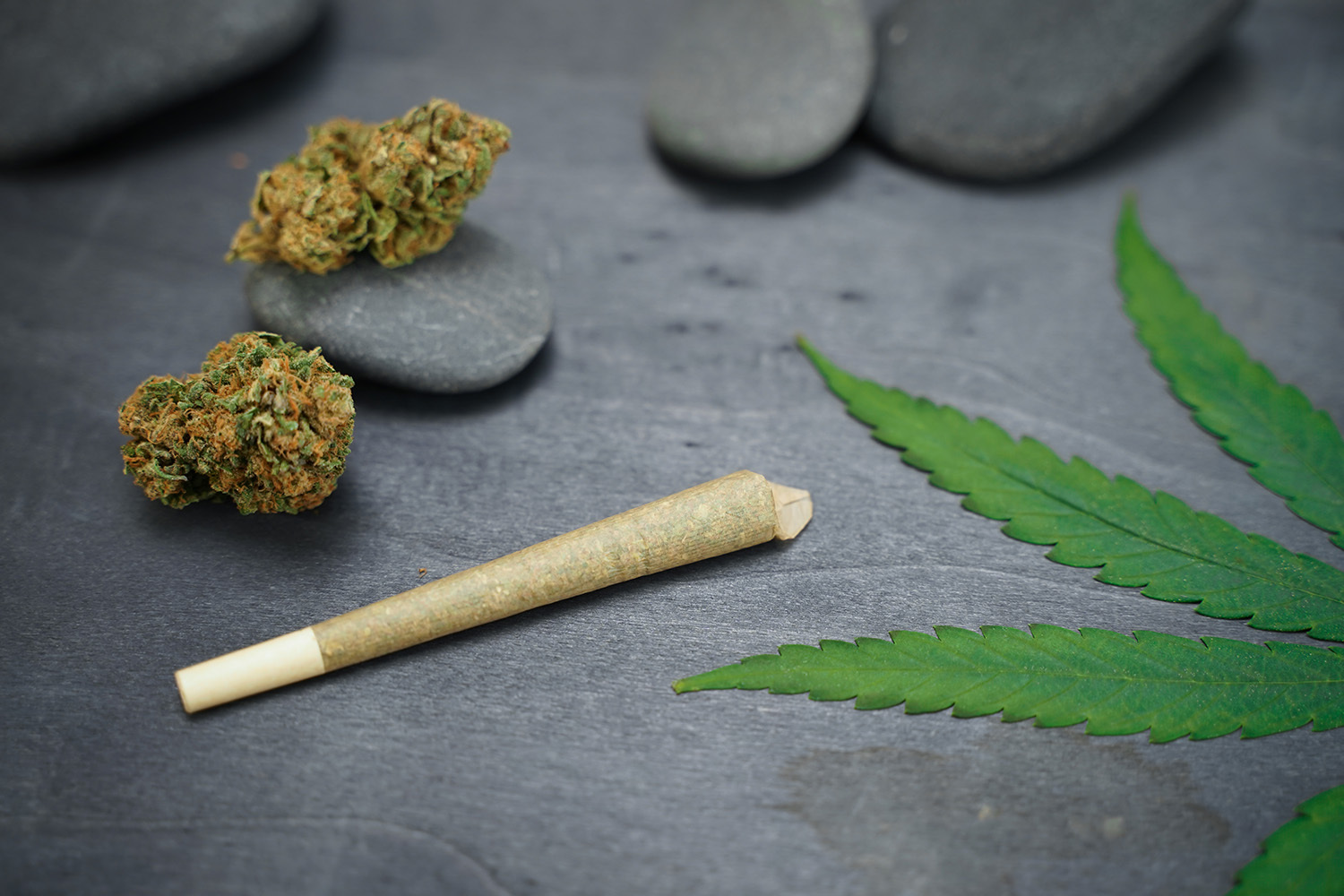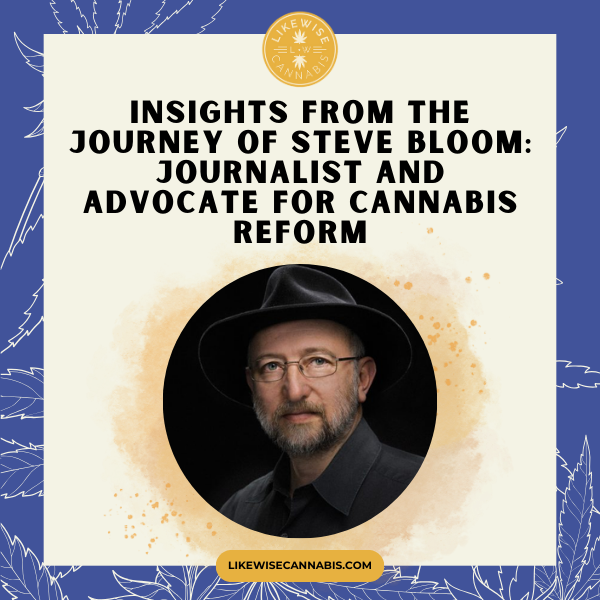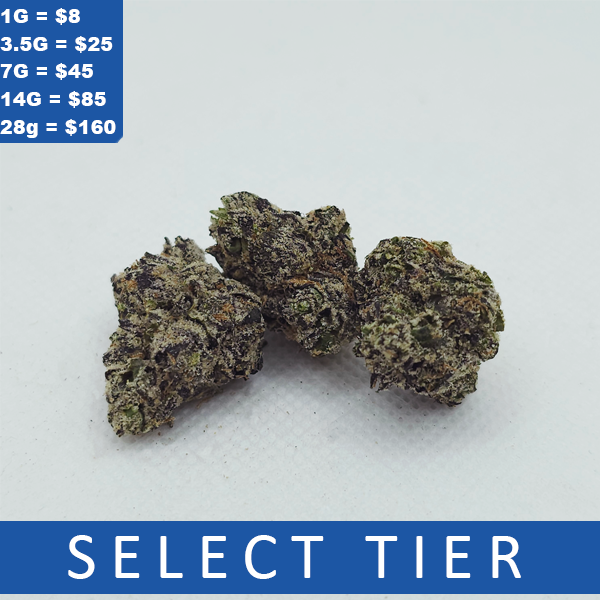Cannabis was a key component of the counterculture movement in the 1960s and 1970s, both as a social change agent and a symbol of defiance. Marijuana became an instrument for status-quo-challenging at this time of profound social change, having an impact on politics, music, art, and lifestyle. This essay investigates the connection between cannabis and the counterculture movement, looking at how marijuana sparked a change in culture.
Rebellion’s Roots
It is crucial to take into account the social milieu of the 1960s in order to comprehend the influence of cannabis on the counterculture movement. America after World War II was marked by a strong sense of patriotism, economic prosperity, and scientific innovation. But there were underlying racial, gender, and class issues behind the surface of this idyllic period. Conventional values and standards were being challenged by the Women’s Liberation Movement, the Civil Rights Movement, and anti-war demonstrations.
Cannabis became a symbol of rebellion against the traditional values of the elder generation in this climate of doubt and opposition. Young people started using marijuana as a means of expressing their yearning for freedom and change after becoming disillusioned with the consumerism and conformity of conventional culture.

The Beat Generation and Cannabis
The Beat Generation in the 1950s is where cannabis and counterculture first came together. Prominent individuals such as Jack Kerouac, Allen Ginsberg, and William S. Burroughs praised cannabis for its ability to delve into consciousness and foster creativity. The counterculture movement was founded on the ideas of nonconformity and spiritual discovery found in their writings.
A Cultural Explosion in the 1960s
Cannabis was at the center of a countercultural boom that occurred in the 1960s. This period was typified by the 1967 Summer of Love, which was focused in the Haight-Ashbury district of San Francisco. Cannabis was widely used as a recreational drug and as a sacrament that promoted spiritual awakening and group experiences.
Cannabis had an impact on many of the legendary musicians of the era, and music served as the counterculture’s main medium. Among the musicians who openly used and mentioned marijuana in their music and public life were The Beatles, Bob Dylan, Jimi Hendrix, and Janis Joplin. These musicians not only made cannabis more widely known, but they also used it to push the boundaries of music and invent new genres.
The Aspect of Politics
A notable political aspect of cannabis was also present in the counterculture movement. It evolved into a vehicle for protesting governmental actions, most notably the Vietnam War. Marijuana was utilized as a symbol of civil disobedience by activists such as Abbie Hoffman and the Yippies, who staged activities such as smoke-ins to oppose government control and repression as well as the legalization of cannabis.
President Nixon’s war on drugs, which began in the early 1970s, further politicized cannabis. The criminalization of marijuana was viewed by the counterculture movement as a component of a larger campaign to suppress dissent and uphold traditional social structures. As a result, the fight for social justice, civil rights, and peace got entwined with the movement to legalize cannabis.
The Effect on Society and Lifestyle
Cannabis affected not just music and politics, but also the way of life and social mores of the era. A back-to-nature mindset, communal living, and alternative health practices were characteristics of the counterculture that were frequently linked to cannabis use. The drug was viewed as a means of achieving enlightenment on a personal level as well as cultivating a sense of belonging and purpose.
The counterculture movement questioned prevailing ideas about sexuality, the family, and the workplace. A lifestyle that prioritized creativity, individualism, and holistic well-being over monetary success and conformity was linked to cannabis use during this reevaluation.

Legacy and Ongoing Impact
Cannabis has a long history in the counterculture movement that goes well beyond the 1960s and 1970s. It contributed to laying the groundwork for current discussions concerning drug laws, individual liberties, and social conventions. The fact that marijuana is now legal in many places across the globe is evidence of the counterculture movement’s persistent influence on the establishment.
Furthermore, the counterculture movement and cannabis have spawned a cultural revolution that still has an impact on society, music, and the arts. The counterculture’s core ideals of environmentalism, equality, and individual freedom continue to have significant influence on today’s political and social discourse.
Cannabis’s connection to the counterculture movement is indicative of a significant transformation in a generation’s collective awareness. Beyond just drug usage for recreational purposes, this cultural revolution reflected a bold challenge to authority, a reinterpretation of human freedom, and a profound desire for social and spiritual transformation.
Cannabis as a Sign of Culture
Cannabis served as a cultural marker in the counterculture movement, drawing distinctions between the counterculture and the mainstream. It represented a rejection of the industrial complex, militarism, and consumerist attitudes that many young people held responsible for society’s problems. A physical representation of the counterculture’s values, smoking marijuana evolved into a ceremonial display of camaraderie and defiance.
The Renaissance of Art Driven by marijuana
There was a creative renaissance throughout the counterculture era, and marijuana was a major creative catalyst. In the visual arts, psychedelic experiences—often linked to cannabis use—were combined by artists such as Andy Warhol and Peter Max into vivid, surreal pieces. During this time, psychedelic poster art also began to appear. These posters captured the essence of the era by combining vivid colors, elaborate designs, and bold writing to advertise music events and parties.
Thanks to their experiences with cannabis and other psychedelics, writers like Hunter S. Thompson and Ken Kesey rose to fame in literature by questioning society and delving into the limits of awareness. Their writings left a lasting impression on American literature by questioning established literary tropes and extending the narrative possibilities of storytelling.
The Effect on Society and Reactions
The counterculture movement’s extensive cannabis use had profound social repercussions and provoked a response from conservative groups. Because the establishment saw marijuana as a danger to social order, they enacted strict drug laws and used forceful enforcement strategies. Decades of legal disputes and cultural confrontations over drug laws and civil rights were sparked by this fight.
The counterculture movement was successful in expanding the bounds of social acceptance for cannabis usage, even in the face of opposition. It created the foundation for the push for medical marijuana and the eventual legalization of cannabis in many states and nations. The conversation surrounding cannabis has moved from a criminal justice-centric perspective to one that emphasizes wellness, personal autonomy, and health.
The Counterculture’s Lasting Legacy
In modern society, the influence of the counterculture movement and its connection to cannabis persists. The movement’s principles of love, peace, and community are still relevant in today’s social and political activism, ranging from civil rights movements to environmental efforts. Direct results of the seeds sown during the counterculture era include the movement for cannabis legalization and the increasing acceptance of marijuana in popular culture.
Furthermore, the counterculture continues to have an impact on the arts, as evidenced by the themes and fashions of 1960s and 1970s modern literature, film, and music. The counterculture’s experimental and boundary-pushing attitude toward cannabis is still present in the continuous investigation of the drug’s creative and medicinal potential.
Final Thoughts
Cannabis was an active factor that shaped a cultural revolution, not just a background to the counterculture movement. It played a variety of roles in the movement, acting as a catalyst for social and political change, an artistic medium, and a symbol of revolt. Cannabis was a major component of the counterculture movement, which questioned prevailing conventions and changed society’s perceptions of marijuana and personal freedom in the long run.
When we consider the role that cannabis played in the counterculture movement, it becomes evident that the revolution in culture that it triggered was driven by a deeper yearning for a society that is more compassionate, egalitarian, and open-minded than merely changing people’s perceptions of reality. This movement’s impact lives on in our world today, serving as a constant reminder of the ability of cultural forces to subvert the existing quo and spur social change.
Cannabis served as a catalyst for a cultural revolution, a symbol of revolt, and a tool for social change in addition to being a substance utilized by the counterculture movement. Significant societal changes were made possible by the counterculture movement, which included marijuana as a major component and challenged the political, legal, and social conventions of the day. A testament to the ability of cultural forces to reshape history and affect the course of societal evolution is the narrative of cannabis in the counterculture movement.








